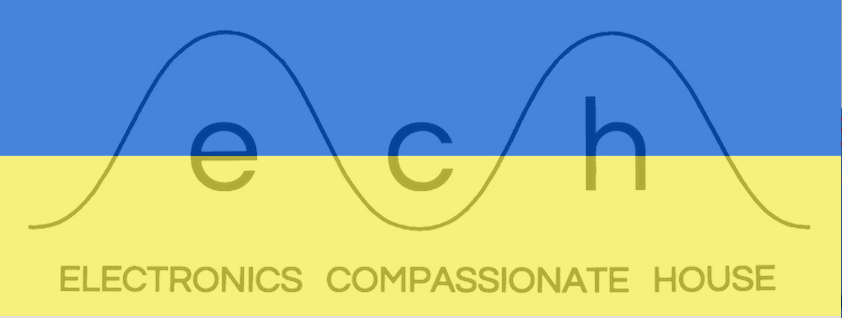 |
| http://synthspa.com/images/basic_03.png |
Last week I worked on a Juno 106 that had become completely unresponsive. The power supply was working as it should (+-15V, analog and digital 5V) but nothing would work. There was no way to enter the diagnostic mode to test anything further. I advised a new CPU and an old-stock board was sourced from Japan and purchased.
When the new CPU was in place the synth worked again but clearly had other problems. It acted like it had been somewhere humid, untouched for a long time.
- One octave of keys did not respond
- The bender was very dirty and erratic
- Output volume jumped unpredictably
- Volume pot was very scratchy
- Bank and Patch switches did not respond at all
- The synth would not save when powered off
- The internal library was blank
The lost octave was restored by removing the upper 25 or so keys and the now-exposed rubber/carbon contact strips and locating a corroded trace (the ground return bus of that octave) and repairing it. These fine copper traces run long distances and are on the upper side of a thin circuit board just under the whole keyboard. Anything wet coming from above will eventually cause problems.
The bender was judiciously cleaned.
The output volume problems (sudden jumps and drops) were fixed by cleaning the HI/MED/LO output switch and output jacks.
Volume pot cleaned.
Bank and patch buttons all cleaned by removing the Module Board under the face-plate, removing the plastic switch covers and repeatedly cleaning the tact switches.
The factory library was loaded back into the memory using TAPE LOAD and wav files :)
The battery on the dead-stock CPU had died and was replaced with the one from the damaged board and the memory was restored (saved library when powered off).
This instrument had clear moisture damage and other signs of wear including rust and degradation of rubber components. Small rubber rings under the keys had decayed in some places. These bits cushion a metal pin that sets the key height by stopping the upward movement of the key upon release. A scraggle-toothed Juno is suffering from decay of these rubber pieces.
After these repairs the synth worked as it should. Other key failures could occur in the future (a byproduct of the design) but can be addressed in the same way. All the VCA chips were original and working properly. I have previously "refurbished" two VCAs and found that to be a workable (if temporary - 3 yrs and counting) solution. Upgraded CPU boards are available from KIWItronics if an original can't be found. If you own a Juno 106, don't fret.
